
How Do You Adjust Bike Brakes? Complete Step-By-Step Guide
Adjusting your bike brakes—whether on a traditional bicycle or an e-bike—is essential for safe, smooth, and responsive riding. If your brakes feel loose, noisy, or weak, a quick tune-up can restore proper stopping power in just a few minutes. This guide breaks down exactly how to adjust bike brakes with clear steps, beginner-friendly tips, and expert techniques to keep your mechanical or disc brakes performing perfectly.
Quick Answer: How Do You Adjust Bike Brakes?
To adjust bike brakes, first set the correct cable tension so the brake lever engages smoothly, then align the brake pads so they contact the rim or rotor evenly without rubbing. Use the barrel adjuster for small tension changes and the cable anchor bolt for major adjustments. After positioning the pads, centre the brake caliper, squeeze the lever to test firmness, and fine-tune until the brakes stop the wheel quickly, quietly, and with consistent power on any bike or e-bike.
Signs Your Brakes Need Adjustment
-
Brake lever pulls too far: If the lever reaches close to the handlebar before engaging, the cable may be loose or stretched. Ideal lever travel is 2–4 cm.
-
Brake pads rub on rim or rotor: Misaligned calipers, uneven pad installation, or bent rims/rotors can cause constant rubbing, slowing down your ride and wearing out pads faster.
-
Squeaking or unusual noises: High-pitched squeaks or grinding often result from dirt, debris, glazed pads, or misaligned pad angles.
-
Weak or spongy braking: Soft or ineffective braking usually indicates worn pads or stretched/frayed cables, reducing stopping power.
-
Uneven braking or one-sided engagement: If one pad engages before the other, the caliper may be off-center or pads installed unevenly, causing the bike to pull to one side.
-
Visual signs: Pads worn past the wear line, frayed or rusted cables, bent rotors/rims, or misaligned calipers signal it’s time for adjustment.
Tools You’ll Need to Adjust Bike Brakes
Before adjusting your bike brakes on a regular bike or e-bike, make sure you have the right tools for a safe and precise process:
-
Allen keys: Essential for loosening and tightening caliper bolts, brake pad bolts, and cable anchor bolts.
-
Screwdriver: Useful for fine-tuning barrel adjusters or minor caliper adjustments.
-
Pliers: Ideal for pulling brake cables tight during major adjustments or replacements.
-
Cloth: Keep a clean cloth handy to wipe dirt, grease, or debris from brake pads, rims, or rotors.
-
Bike stand (optional): Holds your bike steady, allowing the wheels to spin freely for precise brake adjustments.
Having these tools ready ensures that you can adjust your brakes quickly, safely, and accurately, restoring smooth, quiet, and reliable braking performance.
How to Adjust Bike Brake Cables (All Brake Types)
Properly adjusted brake cables are crucial for safe and reliable braking on both regular bikes and e-bikes. Loose or overly tight cables can reduce stopping power, cause brake rubbing, or make the levers feel spongy. Follow these detailed step-by-step instructions to adjust V-brakes, side-pull calipers, and mechanical disc brakes.
Step 1: Check the Brake Lever Travel
Start by squeezing the brake lever and noting how far it moves before the brakes engage. If the lever pulls all the way to the handlebar, your brake cable is too loose. If it feels stiff or difficult to squeeze, the cable may be too tight. Proper lever travel is typically 2–4 cm before full engagement. Testing both the front and rear brakes ensures balanced braking, which is particularly important for e-bikes that may have higher speeds or heavier frames.
Step 2: Fine-Tune Using the Barrel Adjuster
Most bikes feature a barrel adjuster at the brake lever or caliper, which allows for tool-free tension adjustments. Turn the barrel adjuster counterclockwise to tighten the cable or clockwise to loosen it. Small adjustments here can correct minor issues, such as uneven braking or slight rubbing, without loosening any bolts. This step is also useful for on-the-go fixes during a ride.
Step 3: Adjust the Cable at the Caliper
For more significant cable tension adjustments, you’ll need to adjust the cable directly at the caliper. Use an Allen key to slightly loosen the cable anchor bolt. Pull the cable outward to tighten it or allow it to slide inward to loosen it. Make sure the brake pads are positioned a few millimeters from the rim (for V-brakes and calipers) or rotor (for disc brakes) before squeezing the lever. Once you achieve the correct tension, securely retighten the bolt to prevent slippage. This ensures maximum stopping power and avoids pad or rotor rubbing.
Step 4: Re-Test and Fine-Tune the Brake Lever
After making the adjustments, repeatedly squeeze the brake lever to test its feel. The lever should engage smoothly and evenly, stopping the wheel without rubbing the rim or rotor. Check that both front and rear brakes respond similarly. Use the barrel adjuster for minor fine-tuning if necessary. Proper testing guarantees consistent, quiet, and safe braking performance on every ride, whether you’re commuting on a standard bike or riding a high-speed e-bike.
How to Adjust V-Brake Pads for Optimal Performance
Proper V-brake pad adjustment ensures safe, effective braking on bikes and e-bikes. Regularly aligning and checking pads prevents squeaking, uneven wear, and reduced stopping power.
Inspect Your Brake Pads for Wear
Start by closely examining your V-brake pads. Look for signs of wear such as grooves, uneven surfaces, or pads that have passed the wear line. Worn pads reduce friction and braking efficiency, making it critical to replace them in time. For quieter braking and better performance, choose black or natural rubber pads, as pads with colored compounds often create squeaking noises during braking.
Check Brake Lever Engagement
Test your brakes by pulling the brake lever and observing how the pads contact the rim. Both pads should engage the center of the rim evenly, without touching the tire or overlapping the rim’s edges. If one pad engages earlier, rubs the rim, or fails to touch at all, it signals misalignment that needs correcting. Proper lever pull distance is typically 2–4 cm before full engagement, providing responsive braking, especially for heavier e-bikes.
Loosen the Brake Pad Bolts
Use an Allen key to slightly loosen the bolts holding each brake pad. Do not remove the bolts completely, as pads and washers can fall out. Loosen just enough to allow movement forward, backward, and slightly up or down within the holder, giving you control for precise alignment.
Pro Tip: When replacing worn pads, remember the order of washers and bolts for correct reassembly.
Align the Brake Pads Correctly
Position the pads so they sit flush with the rim and maintain a small gap of a few millimeters to prevent rubbing. Ensure pads follow the arc of the wheel, avoiding contact with the tire or rim edges. This alignment maximizes braking efficiency, reduces noise, and prevents uneven wear.
Tighten and Test the Pads
Once the pads are correctly aligned, tighten the bolts evenly on both sides. Avoid pulling the pads out of alignment while tightening. After tightening, pull the brake lever several times to ensure smooth, consistent engagement and check that both pads contact the rim evenly. Adjust as needed using small movements until braking feels responsive and quiet.
Quick Reminder: Routine V-brake pad inspection and adjustment improves braking performance, prevents squeaking and uneven wear, and keeps your bike or e-bike safe for every ride.
How to Adjust Disk Brake Pads for Safe and Smooth Braking
Disk brake pad adjustment keeps your bike or e-bike stopping safely and smoothly. Proper alignment prevents uneven wear, reduces noise, and ensures consistent braking performance.
Prepare Your Bike for Adjustment
Start by positioning your bike on a flat, stable surface. Ideally, place it upside down, resting on the saddle and handlebars, so you can spin the wheels freely. Alternatively, use a bike stand or have a friend hold the bike while you work. Being able to rotate the wheel easily is crucial for checking rotor alignment and brake pad contact.
Check Rotor Alignment
Look down the wheel and ensure the rotor sits centered between the brake pads in the caliper. Sometimes a misaligned or slightly bent rotor may only become apparent when spinning the wheel. Rotate the wheel and observe for lateral movement—side-to-side wobbling indicates a bent rotor, which may need truing with a rotor tool or full replacement. Proper rotor alignment is key for smooth braking and preventing pad rubbing.
Loosen the Caliper Bolts
If the rotor is closer to one pad than the other, the brake caliper needs adjustment. Loosen the top and bottom bolts of the caliper slightly using the appropriate Allen key or wrench. Do not remove the bolts completely; just create enough slack so the caliper can move slightly to self-align when braking.
Align Pads by Squeezing the Brake
Spin the wheel and firmly pull the brake lever. This action centers the caliper over the rotor, ensuring both pads make equal contact. While holding the lever, tighten the caliper bolts to secure it in place. This method naturally aligns the pads and rotor for optimal braking efficiency.
Test and Fine-Tune
Release the brake lever and spin the wheel. The rotor should move freely without rubbing, and the caliper should remain centered. If you notice any uneven spacing, make small adjustments by loosening one bolt at a time and repositioning the caliper. Repeat until the rotor spins cleanly and the brake lever feels firm and responsive.
Safety Checks After Adjusting
Wheel Spin Check: Spin each wheel to ensure it rotates freely without rubbing against the brake pads or rotor, confirming proper pad alignment and caliper positioning.
Hard Lever Test: Squeeze each brake lever firmly to check that brakes engage smoothly and stop the wheel effectively. The lever should not touch the handlebar, indicating correct cable tension.
Bolt Security: Verify that all bolts on brake pads, calipers, and cable anchors are tightened securely to prevent loosening during rides.
Low-Speed Test Ride: Take a controlled ride at low speed to test braking performance under real conditions, ensuring smooth, even stopping with no rubbing or noise.
Conclusion
Properly adjusting your bike or e-bike brakes ensures safe, smooth, and reliable stopping. Regular maintenance of cables, pads, and calipers prevents squeaking, rubbing, and uneven braking. Whether using V-brakes, disc brakes, or an isinwheel e-bike, following these steps keeps your brakes responsive and extends their lifespan for safer rides.
FAQs
How to adjust bike brakes to stop rubbing?
To stop rubbing, loosen the brake pad bolts, reposition the pads so they sit evenly on the rim or rotor without touching the tire, retighten the bolts, and for disc brakes, center the caliper over the rotor and secure the bolts.
How to tell if brakes are out of adjustment?
Brakes are out of adjustment if the lever pulls too close to the handlebar, the pads rub the rim or rotor, braking is uneven, or there is squeaking and reduced stopping power.
How to fix misaligned bike brakes?
Fix misaligned brakes by loosening the pad or caliper bolts, aligning the pads evenly with the rim or rotor, leaving a small gap, retightening the bolts evenly, and testing the brakes for smooth engagement.
How to check brake adjustment?
Check brake adjustment by squeezing the brake lever to ensure proper engagement distance, spinning the wheel to confirm no rubbing, inspecting pad alignment, and testing that both front and rear brakes respond consistently.
The Latest Posts
Explore isinwheel products
City E Scooter | Off-Road Scooter
Fastest Scooter | Kids Scooters




















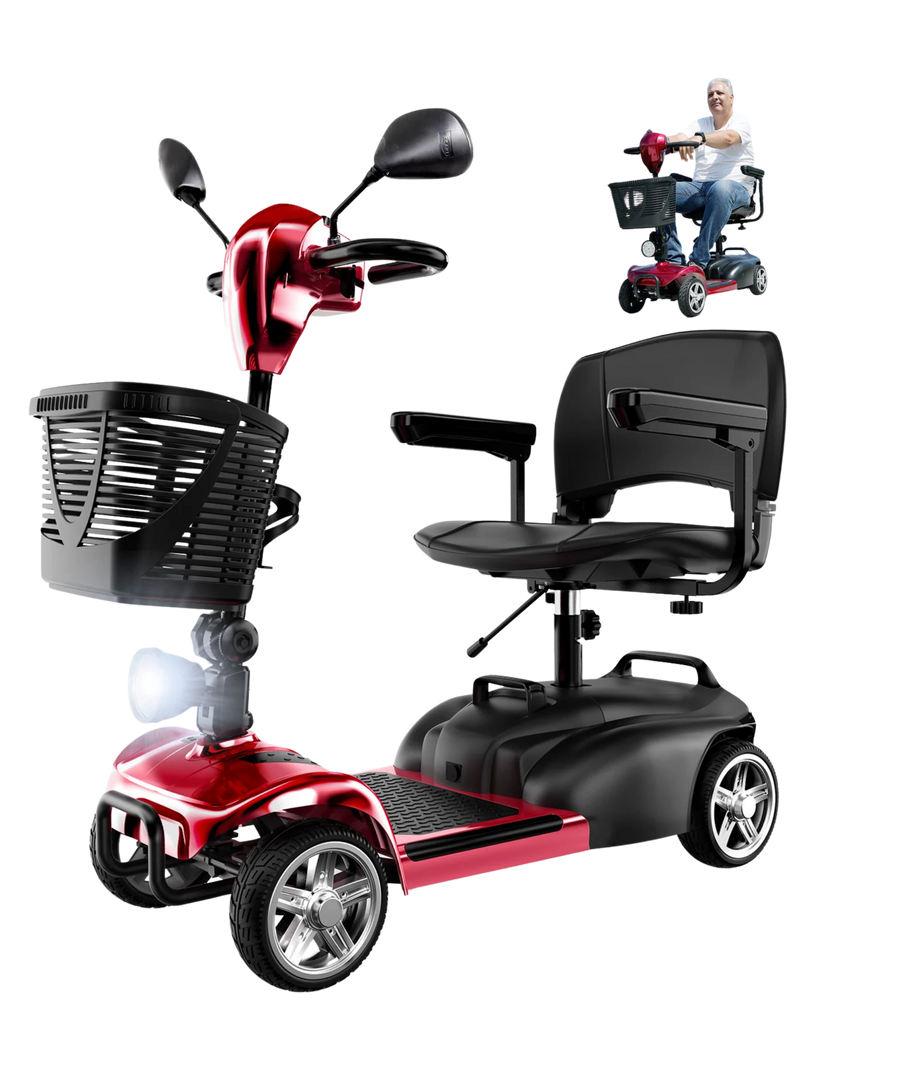
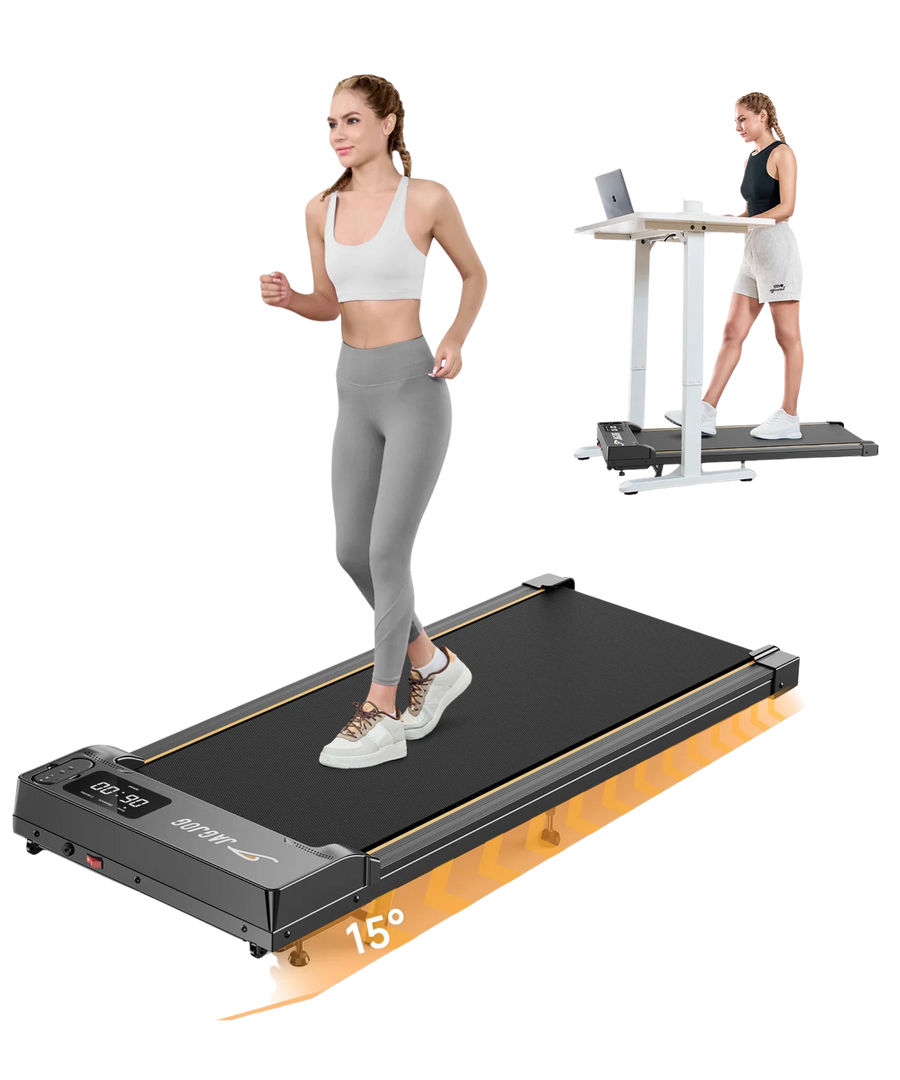

























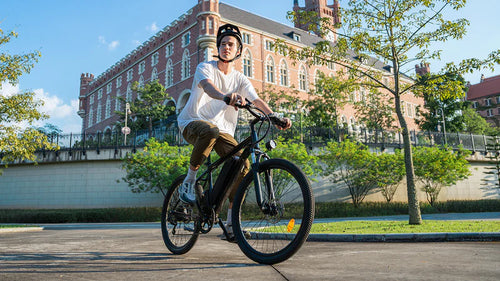
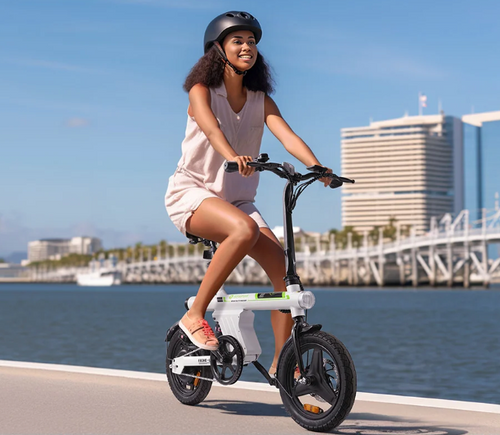


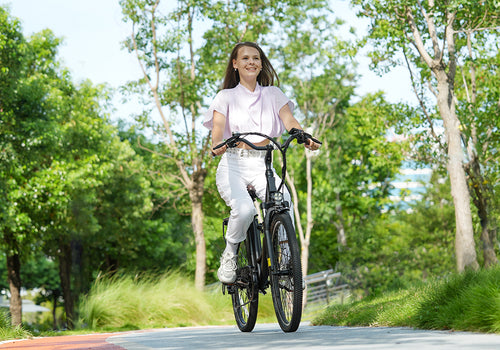
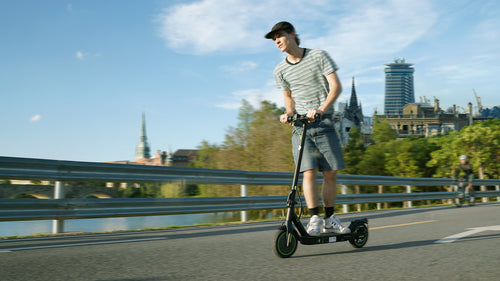


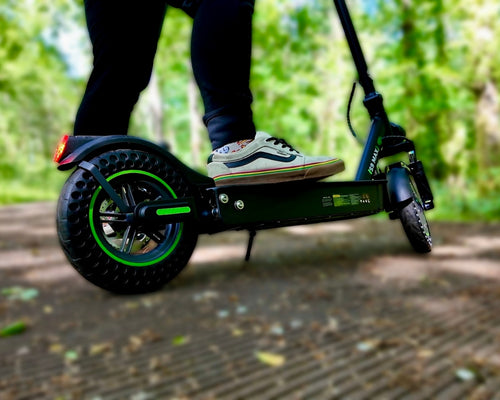
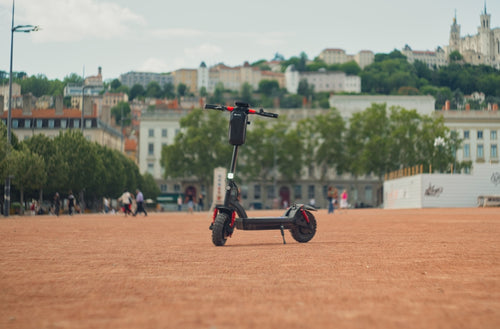
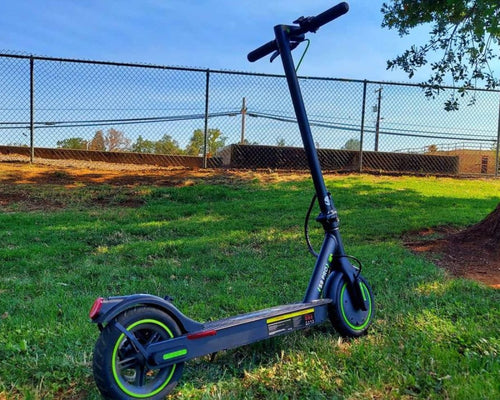





Leave a comment